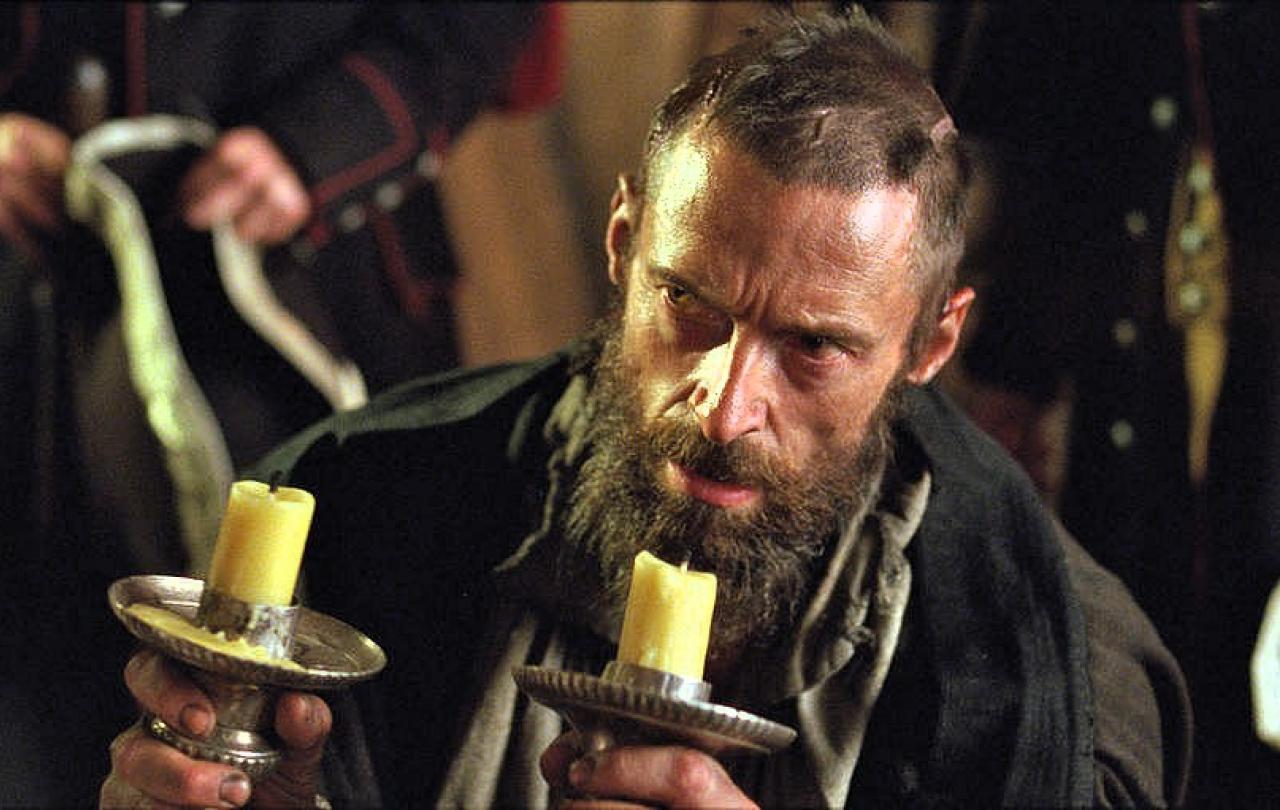
This review was first published in March 2023, before Cormac McCarthy's death in June 2023.
When reading The Passenger, the first novel Cormac McCarthy has published since his Pulitzer Prize winning book The Road came out in 2006, I was reminded of a comment E. M. Forster jotted in his notebook about Henry James. ‘However hard you shake his sentences no banality falls out.’ McCarthy has drawn forth prodigious lyricism and acuity by some syntactical alchemy. Rarely in contemporary fiction have I drawn so much delight from just the words on the page. Much of his prose is poetry shrouded in paragraphs.
He scanned the landscape.
Here’s a dream.
This man was a forger of antiquities.
He travelled in documentation.
In the instruments for their preparation.
An old world figure. A dark suit, somewhat travelled in.
A down at the heels formality
to which yet clung the odor of the exotic.
A spectre of saccharine sincerity haunts modern fiction, and the fear of it has all but eviscerated mainstream novels of the polyphonic ornamentation of classical literature. What McCarthy has accomplished here is to recover the elegance, musicality, and intricacy of such great works, but in the context of a spare and denuded grammatical landscape. Sentimentality could not survive for a moment in these two novels, and yet they are genuine and raw to the core.
The Passenger follows Bobby Western, a deep-sea salvage diver who is inspecting a private jet that crashed off the Gulf Coast. He observes that, among the bodies strapped to the seats in this sunken tomb, one passenger from the manifest is missing. This kicks off the plot of the novel, wherein shadowy figures interrogate and surveil Bobby to ascertain what he knows about the missing passenger, seizing his assets and pushing him to an itinerant existence on the road. And yet, to explain the plot of The Passenger is largely to conceal what it is about, for it is primarily a book about ideas: physics, metaphysics, mathematics, and language.
The Passenger’s sibling novel, Stella Maris, is set eight years earlier, in 1972, and follows Bobby’s younger sister, Alicia. It is named for the midwestern psychiatric institution Alicia checks herself into and consists of conversations between Alicia and her psychiatrist. Bobby and Alicia are the children of a physicist who worked on the Manhattan Project with Oppenheimer. “His father. Who had created out of the absolute dust of the earth an evil sun by whose light men saw like some hideous adumbration of their own ends through cloth and flesh the bones in one another’s bodies.” Both initially followed his footsteps into academia, but Bobby dropped out of Caltech to race cars in Europe. Alicia quit after having exhausted the intellectual grist internal to mathematics and failed to resolve the foundational questions haunting the discipline (and reality) itself. “She knew that in the end you really cant know. You cant get hold of the world. You can only draw a picture.”
Bobby is lying in a coma in Europe for the entirety of Stella Maris after crashing in a Formula 2 race. By the time he wakes, Alicia has died by suicide. She is ever-present in The Passenger but only as a memory, and the novel is punctuated by chapters that recount her conversations with the Kid, a hallucinatory figure that has followed her since puberty. “The Thalidomide Kid and the old lady with the roadkill stole and Bathless Grogan and the dwarves and the Minstrel Show. All of them gathered at the foot of her bed.” Alicia may or may not be schizophrenic. And autistic. She is also a world-class violinist.
The philosopher Alasdair MacIntyre has argued that it is from those who came before us that we receive the depth or poverty of our language and, to some degree, our conversational habits, and it is through the right kinds of conversations that we learn the relationship between the various goods to which we order our lives and become educated in the virtues. The poverty of conversational idioms that many of us have received does much to cut us off from participation in and pursuit of the goods that contribute to our flourishing. I wonder if literature is a possible antidote to this. Specifically, literature with rich dialogue. And this is one of McCarthy’s great strengths.
'McCarthy is intent on exploring the nature of reality in this novel.'
In dialogue, his characters often start with the end in mind, and then find their way together. Or don’t. Their conversations are frugal, consisting primarily of three- or four-word sentences, and yet they almost always stumble onto to questions of deep significance. There are a lot of rough characters in these novels, but they share a surprising vulnerability. As always, McCarthy doesn’t use quotation marks or tell us who is speaking. When he wants us to, it is easy to follow the flow of dialogue, but occasionally he throws us off the scent. Particularly when Alicia is conversing with her hallucinations, their voices often meld together. The effect amplifies the ethereal quality of their exchanges.
Bobby is in the habit of asking people if they believe in God—a practise he seems to have picked up from his Granellen (his grandmother).
Do you believe in God, Bobby?
I don’t know, Granellen. You asked me that before. I told you. I dont know anything. The best I can say is that I think he and I have pretty much the same opinions. On my better days anyway.
No one has confident answers to this question, but it often serves to push the conversation along an interesting direction. “I dont know who God is or what he is. But I dont believe all this stuff got here by itself.” McCarthy is intent on exploring the nature of reality in this novel, and for him, the question of God is clearly part of that exploration, wherever it may lead. Fortunately, he is well aware that the question of God is not the same question under debate between fundamentalists and atheists.
Do you think of yourself as an atheist?
God no. Those were the good old days.
In their own ways, these characters exhibit an immanence that is haunted by transcendence. This search for some kind of meaning in the everyday stuff of existence might stand behind McCarthy’s frequent use of sacramental imagery drawn from the Catholicism of his youth. Evil cannot be depicted adequately without a conception of the good of which it is a privation. One might read McCarthy as reverse-engineering this process—ascertaining goodness by staring down its absence.
There is a tension in these novels between words and numbers. Which is more real? These questions are closely bound up with the characters’ struggles with mental illness and grief. For Alicia, “intelligence is numbers. It’s not words. Words are things we’ve made up. Mathematics is not.” She insists on the transcendent nature of mathematics and many of her conversations with her therapist centre on precisely these questions about what is real, true, stable, with frequent mention of Platonism. This brought to mind Viktor Frankl’s insistence that treating mental illness requires that we acknowledge its existential dimension. ’Man’s search for meaning is the primary motivation in his life.’ Alicia’s mental illness is bound up with her own search for meaning, and vice versa, as well as with the dark cloud that hangs over her family’s legacy. “For a long time I’ve suspected that we might be simply incapable of imagining the epochal evils of which we stand rightly accused and I thought it at least a possibility that the structure of reality itself harbors something like the forms of which our sordid history is only a pale reflection.” History falls short of the forms of the age.
Transcendence isn’t the only spectre that haunts these pages, and there is a kind of paranoia running through the narrative that seems fitting in an era rife with conspiracy thinking. Given his father’s exploits, Bobby is not particularly surprised to discover documents missing from Granellen’s home, or his own apartment rifled through while he’s gone. As Joseph Heller wrote, 'Just because you’re paranoid doesn’t mean they’re not after you.' It’s clear that someone is after Bobby, and the entire family may or may not be subject to clandestine observation. But there is also a broader sense of powers beyond our control watching, hounding, manipulating.
You think somebody’s after you?
I don’t know. I just wonder if maybe lots of people dont feel that way.
For no reason.
Yeah.
They have inherited a troubled legacy, but each, in their own way, has learned to talk about it, and that’s no small thing. This may be McCarthy’s most ambitious work, and you don’t need to understand it to find it extremely enjoyable.





